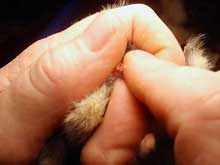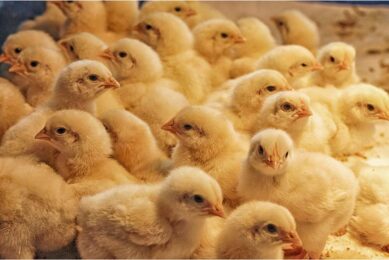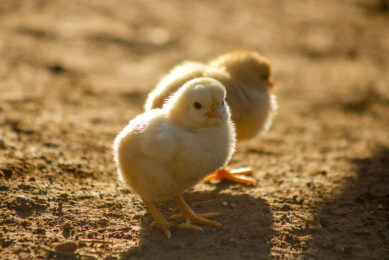Specialist vent sexing on the decline in Japan

Chicken sexers in Japan once enjoyed well-paid careers with overseas travel and job security. But industry changes mean their expertise is not needed so widely and less people are seeking to join the profession.
Chicken sexers can manually sort poultry at a speed of 8,000 chicks per day and 99.7% accuracy by learning to identify the external appearance of the birds’ sexual organs.
Most experts in so-called “vent” or “cloaca” sexing come from Japan, where the method of distinguishing patterns of birds’ sexual organs at one day-old was invented in 1933 and helped revolutionise the poultry business, with Japanese sexers in demand internationally for their skills.
But as Japan’s youth migrates to cities, fewer people want the job. “I just got two emails from Denmark and Hungary asking to send over Japanese experts but I have nobody at hand,” said Atsushi Nodera from Japan Livestock Technology Association, a sexer with over 30 years experience.
“Young people now want a degree and to become a doctor. The effect is that we have plenty of jobless doctors and no one to carry on our profession,” added Nodera who spent 10 years in Spain and Germany working as a chick sexer.
But the poultry industry is also changing, with chicken imports eroding the need for sexers at some Japanese hatcheries.
The demand for Japanese experts internationally is also on the decline with more breeders using chickens with feather sexing. This has led to a fall in the number of chicken sexers being trained in Japan which once boasted a workforce of more than 1,000 sexers but now only has a few hundred.
The only permanent Chick Sexing School that exists internationally, run each year by the Zen Nippon school in Nagoya, central Japan, has struggled to attract students, with only three finishing this year.”There was 30 of us when I went there in 1967. It’s a shame young people don’t want to take up a sexing career — a breeder can pay you as much as 8 yen (90 US cents) per hatchling,” said Nodera.
This can lead to earnings of about 1,260,000 yen ($15,000) a month with the added bonus of overseas contracts.
But to achieve close to 100 percent accuracy and near the world record speed of some 3 seconds per hatchling requires long hours of training and only a few end up with such skills.
“Years of desire to be a 100% accurate in my work required discipline, practice, practice, focussing and the trusting of my intuition,” said former chick sexer and poultry farmer Bob Martin, author of the book “The Specialist Chick Sexer.”
Martin also wrote how the discipline needed to be a good chick sexer was almost addictive as it required full concentration for hours on end with a steady hand and good eye.
Nodera laments the decline in the interest and demand for experienced chicken sexers whose skill has been compared to that in playing chess or other games involving pattern recognition.
“When I lived in Spain, I often went to admire Gaudi and Picasso,” said Nodera. “Not because I love modern art — I would go there time and again in search for the stroke of genius.”













